The Investment Firms’ Prudential Regime, or IFPR for short, brings a new level of proportionality to investment management firms, when addressing risks.
The IFPR calls indicators of specific risks to customers, markets and themselves, K-Factors.
The first K Factor is Risk to Client indicators – which measure the following:
Clients assets under management, or K-AUM. This measures the risk to clients of poor management of client portfolios.
Client assets safeguarded and administered, or K-ASA. This ensures that investment firms hold appropriate levels of capital to the level of client assets on it’s own balance sheet, or in third party accounts.
Client money held, or K-CMH. This measures the risk where an investment firm holds clients’ money and is broken down to money held in segregated accounts, or K-CMHS and money held in non-segregated accounts, or K-CMHNS.
Client orders handled, or K-COH. This measures the risk faced by customers of an investment firm executing orders directly in the name of the client. This is further broken down into client orders handled in cash trades, or K-COHC, and client orders handled in derivative trades, or K-COHD.
The next set of K Factor measure Risks to Market and include:
Net Position Risk – which should be calculated by the firm as often as they feel is appropriate. Some firms net position risk will be more volatile than others so should be calculated more often.
Clearing Margin Given which relates to a firm’s derivatives position subject to clearing.
The final K Factors are Risk to Firm measures.
These K Factors are applicable only to firms that deal on their own account. They include:
Trading Counterparty Default which is designed to ensure that investment firms have sufficient capital to cover counterparty credit replacement costs.
Daily Trading Flow which captures the risk of failed systems, people or processes within investment firms that undertake trades on their own account or on behalf of clients.
Concentration Risk – which captures the risk from concentrated counterparties with significant levels of exposure.
K Factors will be used by non-SNI firms to determine their capital requirements, which will be the higher of either the sum of its K Factor requirement or its Fixed Overhead Requirement.

